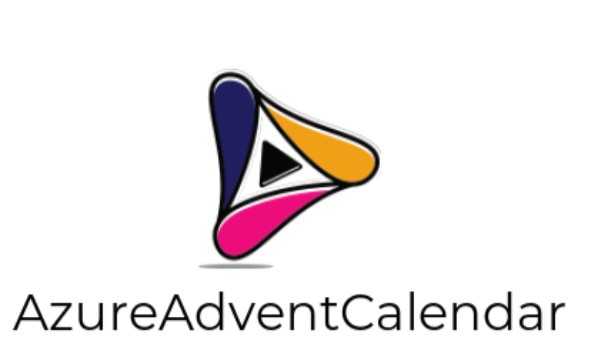In today’s digital age, storage solutions have expanded far beyond traditional methods. One of the most versatile and efficient storage solutions available is Network Attached Storage (NAS). This technology has become an essential tool for both personal and business use, providing a centralized location for data storage and easy access over a network. In this article, we will delve into what NAS is, its benefits, common applications, and how it compares to other storage alternatives like external hard drives and cloud storage.
What is Network Attached Storage (NAS)?
Network Attached Storage (NAS) is a storage device connected to a network that allows data to be accessed by multiple users and devices simultaneously. Unlike traditional storage solutions that connect directly to a computer, NAS systems are designed to be standalone devices that provide file-based data storage services to other devices on the network.
Key Components of NAS:
- Hardware: Includes the physical device itself, which houses multiple hard drives and a processor.
- Software: The operating system and management software that control the NAS, providing features like data backup, RAID configurations, and user permissions.
- Network: The connection to a local area network (LAN) or wider network, typically via Ethernet.
Benefits of Using NAS
NAS offers a multitude of benefits, catering to both individual users and businesses. Below is a table highlighting some of the primary advantages:
| Benefit | Description |
|---|---|
| Centralized Storage | All data is stored in one location, making it easy to manage and access. |
| Data Redundancy | RAID configurations can provide data redundancy, protecting against hardware failures. |
| Network Access | Files can be accessed from any device on the network, offering great flexibility. |
| Scalability | Can easily add more storage capacity as needs grow. |
| Automation | Automated backup processes ensure data is regularly saved without manual intervention. |
Common Applications of NAS
Personal Use:
- Media Streaming: Easily stream movies, music, and photos to various devices in the home.
- File Sharing: Share files among family members or roommates without needing individual storage devices.
- Backup: Regularly backup important personal data like photos, documents, and videos.
Business Use:
- File Server: Acts as a file server where employees can store and share documents.
- Data Backup: Regularly back up critical business data to protect against data loss.
- Collaboration: Facilitates collaboration among team members by providing a shared workspace.
- Security: Enhanced security features can help protect sensitive business information.
Setting Up NAS
Setting up a NAS system is relatively straightforward, but it’s important to follow specific steps to ensure optimal performance and security:
Step-by-Step Guide:
- Choose the Right NAS Device: Consider storage capacity, number of bays, and processor power.
- Install Hard Drives: Insert hard drives into the NAS device according to the manufacturer’s instructions.
- Connect to Network: Plug the NAS into the router or switch using an Ethernet cable.
- Initial Configuration: Access the NAS management software through a web browser for initial setup.
- Set Up Users and Permissions: Define user accounts and set appropriate permissions for each user.
- Configure RAID: Set up RAID for data redundancy, if applicable.
- Enable Backup: Set automated backup schedules to ensure data is regularly saved.
NAS vs. Other Storage Solutions
When it comes to storage solutions, NAS is not the only option available. Below is a comparison between NAS, external hard drives, and cloud storage:
| Feature | NAS | External Hard Drive | Cloud Storage |
|---|---|---|---|
| Accessibility | Accessible over the network from multiple devices | Accessible from a single connected device | Accessible over the internet from multiple devices |
| Data Security | High, with RAID and encryption options | Moderate, dependent on physical security | High, with encryption and secure servers |
| Cost | Initial cost can be high, but scalable | Lower initial cost, but limited storage | Ongoing subscription fees |
| Backup | Automated backup features | Manual backup required | Automated backups available |
| Scalability | Easily scalable by adding more drives | Limited to drive capacity | Scalable according to subscription plan |
Conclusion
Network Attached Storage (NAS) is an invaluable tool for both personal and business use, offering a centralized, accessible, and secure solution for data storage. Whether you need to store media files, share documents, or back up critical data, NAS provides a flexible and scalable option that can grow with your needs. By understanding the benefits and setup process, you can make an informed decision on integrating NAS into your network environment.
